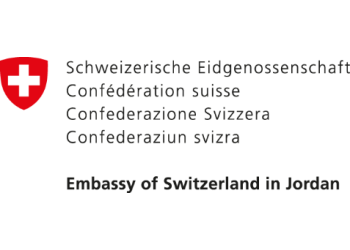Low on deposits, high on credit

The scale of the interest rate on the dinar recently moved in two opposite directions: interest rates on all forms of dinar deposits went down and, at the same time, interest rates on all forms of dinar credit facilities went up.
Thus the margin - the difference between interest payable on time deposits and interest charged to loans - became wider.
The reason behind a wider margin of interest rates, as defined above, is the risk. The higher the risk the higher the interest rate demanded by lenders. The risk does not necessarily have to be real, it is enough to be perceived as such by the banks and their credit managers.
The latest report issued by the Central Bank of Jordan indicated that the weighted average of interest rates payable on time deposits went down to 3.87 per cent per annum, while the average rate applicable to bank loans rose to 9.13 per cent. The interest margin in this case is 5.26 per cent.
By domestic standards, this is a high margin. It means that banks are wary. They hesitate to lend money to shaky borrowers because they are not sure they can get it back. Real estate and financial securities taken as collateral to cover loans may drop in value, and non-performing loans may rise, depressing net profits and hurting the bottom line of their income statements.
The only entity that does not take risk as a guide for its decisions on interest rates on transactions is the Central Bank, because unlike commercial banks, it does not operate for profit.
The Central Bank acts to achieved desirable objectives, such as fighting inflation, protecting exchange rate, and encouraging investment and a higher growth of the economy.
The interest rate does not depend only on the given currency (one cannot say, for example, that interest rate on dinars is higher than interest rate on dollars), it varies according to the risk involved.
For example, the currently going rate of interest on treasury bonds, denominated for 10 years in euros, can be as high as 10 per cent if the bonds are issued by the Greek treasury, and for the same time and the same maturity can be as low as 2.5 per cent if issued by the German treasury.
The obvious reason is the perceived risk involved in Greek paper.
There is full confidence in the market that Germany will honour its financial commitments for principal and interest at maturity, therefore investors are satisfied with a low interest rate, but there are strong doubts about the ability of the Greek government to pay on time. Investors would not buy Greek bonds unless given a high interest rate to tempt them to take the risk.
The interest rate reflects five factors: the degree of risk; the expected inflation rate; the duration of the loan; the administrative cost of running the business and the taxes to be incurred by the lender; the targeted profits.
The current interest rate on deposits in dinars is rather low, while interest on credit facilities is too high. The reasons are obvious.













































